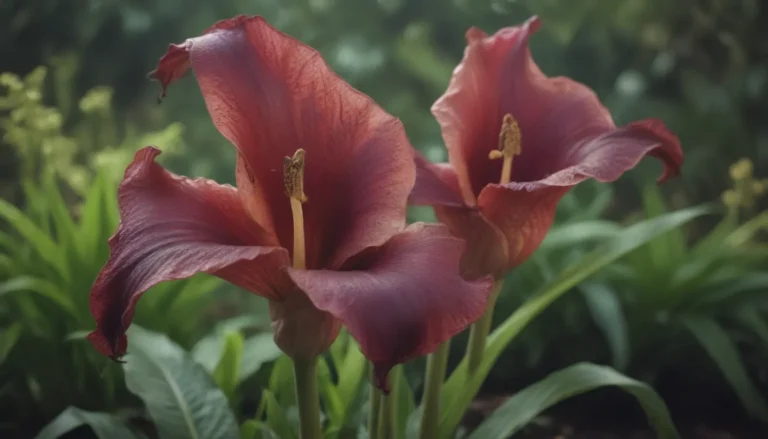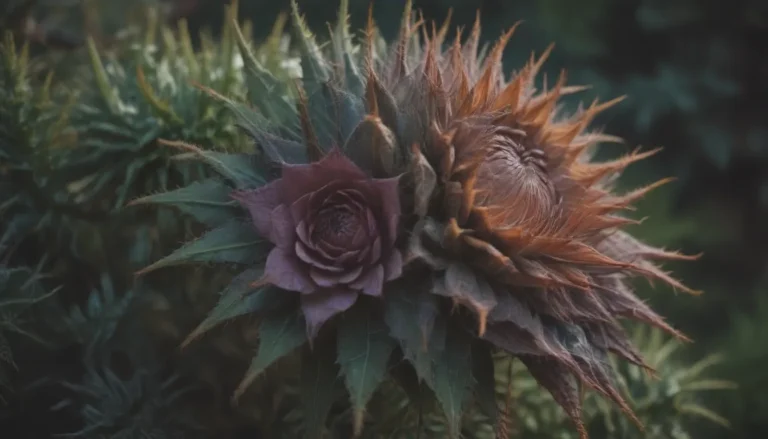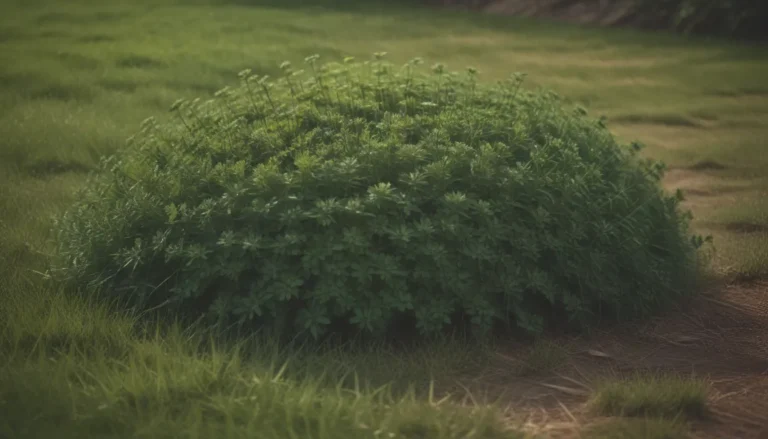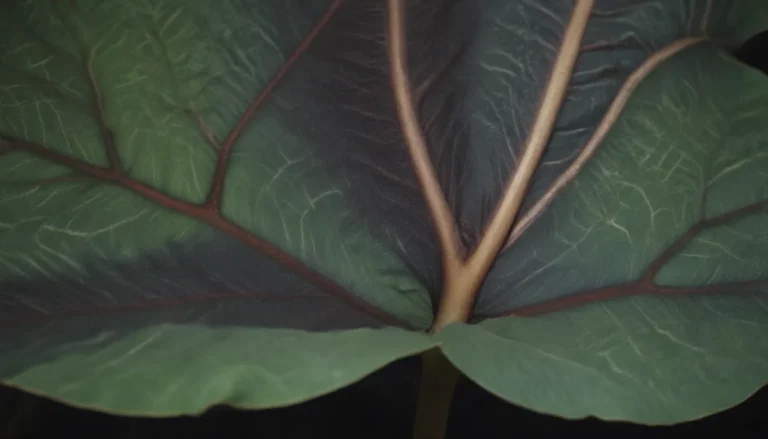The Ultimate Guide to Poppy Flowers: 10 Varieties & Growing Tips
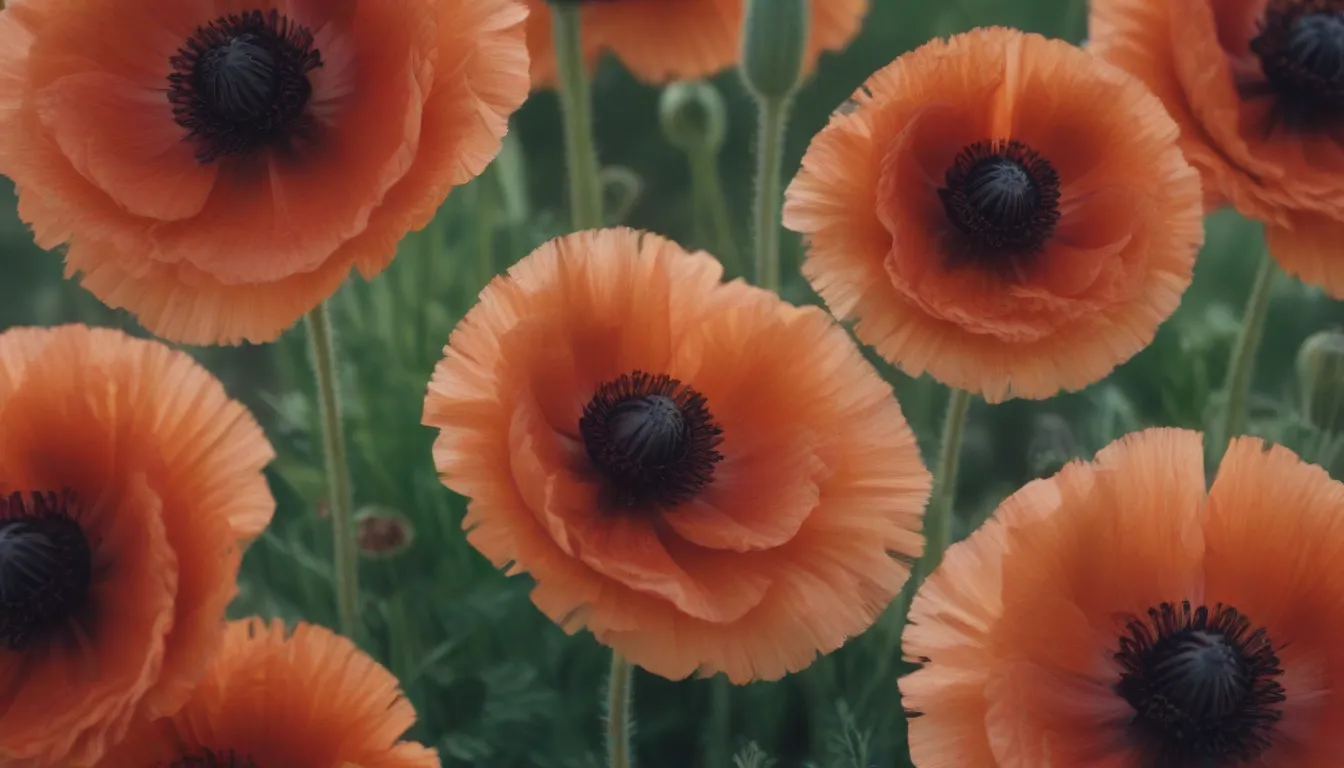
Poppy flowers are a beloved and familiar sight in gardens around the world. With their delicate, tissue paper-like blooms and vibrant colors, they add a touch of beauty to any landscape. Despite their toxic nature, poppies are a favorite among gardeners and flower enthusiasts alike.
In this in-depth guide, we will explore 10 different types of poppy flowers, each with its unique characteristics and growing requirements. From the iconic Oriental poppy to the rare Himalayan poppy, there is a poppy variety for every garden. So, let’s dive in and discover the world of poppy flowers together!
Understanding the Symbolism of Poppies
Before we delve into the different varieties of poppy flowers, it’s essential to understand the symbolism behind these beautiful blooms. The red poppy, in particular, holds special significance as a symbol of remembrance, resilience, and peace. Many people wear poppies on remembrance days to honor fallen soldiers and commemorate their sacrifice.
1. Oriental Poppy (Papaver orientale)
The Oriental poppy is a classic favorite, known for its feathery foliage and vibrant orange, red, or salmon flowers. This perennial plant blooms in June and July, adding a pop of color to any garden. Popular cultivars include ‘Allegro,’ ‘Beauty of Livermere,’ ‘Fatima,’ ‘Patty’s Plum,’ and ‘Princess Victoria Louise.’
USDA Hardiness Zones:
Mature Size:
Light:
Soil Needs:
2. Flanders Poppy, Shirley Poppy (Papaver rhoeas)
The Flanders poppy, also known as the Shirley poppy, is a symbol of remembrance and peace. This annual flower self-seeds freely, naturalizing in a garden and performing as a perennial. Available in various colors, including orange, pink, violet, white, and yellow, the Flanders poppy is a versatile and resilient plant.
USDA Hardiness Zones:
Mature Size:
Light:
Soil Needs:
3. Opium Poppy (Papaver somniferum)
While the opium poppy is famous for its role in drug production, it is also a striking garden plant with pink, red, purple, or white flowers. Legal to grow for garden and seed production purposes only, this tall poppy adds a touch of drama to any garden. Check local regulations before growing this plant.
USDA Hardiness Zones:
Mature Size:
Light:
Soil Needs:
4. Iceland Poppy (Papaver nudicaule)
The Iceland poppy, also known as the Arctic poppy, is a delicate and short-lived perennial that performs as an annual in most regions. With bright yellow, white, salmon, rose, and pink flowers, this poppy adds a touch of elegance to any garden. Best suited for cooler climates.
USDA Hardiness Zones:
Mature Size:
Light:
Soil Needs:
5. Himalayan Poppy (Meconopsis grandis)
The Himalayan poppy is a rare and challenging plant to grow, known for its sky blue blooms and large flowers. Requiring specific conditions to thrive, including constant moisture and moderate temperatures, this poppy is a prized addition to any garden if grown successfully.
USDA Hardiness Zones:
Mature Size:
Light:
Soil Needs:
6. Plume Poppy (Macleaya cordata)
The plume poppy is a unique poppy variety with long panicles of white blooms and large scalloped leaves. Easy to grow but invasive in nature, this perennial plant spreads aggressively through rhizomes and self-seeding. Exercise caution when planting the plume poppy in your garden.
USDA Hardiness Zones:
Mature Size:
Light:
Soil Needs:
7. Greater Celandine (Chelidonium majus)
The greater celandine is a roadside poppy that self-seeds aggressively and can be challenging to eradicate. With yellow blooms and a tendency to outcompete native species, this biennial plant requires careful management in a garden setting. Avoid planting this species if you are concerned about invasiveness.
USDA Hardiness Zones:
Mature Size:
Light:
Soil Needs:
8. Bloodroot (Sanguinaria canadensis)
A member of the poppy family, bloodroot is a low-growing plant with white flowers that prefer shady conditions. Ideal for gardens seeking native species for shaded areas, bloodroot adds a touch of elegance with its unique blooms and reddish-orange sap.
USDA Hardiness Zones:
Mature Size:
Light:
Soil Needs:
9. California Poppy (Eschscholzia californica)
The California poppy is a bright and cheerful annual flower that thrives in sunny conditions. With its silky petals and fern-like foliage, this North American native is drought-tolerant and easy to grow, making it a popular choice for wildflower gardens.
USDA Hardiness Zones:
Mature Size:
Light:
Soil Needs:
10. Matilija Poppy (Romneya coulteri)
The Matilija poppy, also known as the tree poppy, is a striking white flower with yellow stamens that attracts bees in spring. An aggressive grower, this poppy spreads underground through rhizomes and thrives in dry, desert-like climates. Consider using containers to control its spread in your garden.
USDA Hardiness Zones:
Mature Size:
Light:
Soil Needs:
In conclusion, poppies are not only beautiful ornamental plants but also hold cultural significance and symbolism. By understanding the different varieties of poppy flowers and their unique growing requirements, you can create a stunning and diverse garden that showcases the beauty of these beloved blooms.
Remember to check local regulations before growing opium poppies, and exercise caution with invasive species like the plume poppy and greater celandine. Whether you choose to grow the classic Oriental poppy or the rare Himalayan poppy, each variety has something unique to offer to your garden.
So, go ahead and plant some poppies in your garden today – you won’t be disappointed!
Sources:
– North Carolina State Extension. Opium.
– Drug Enforcement Administration. Celandine.
– Wisconsin Department of Natural Resources. Stories behind a few favorite flower names.
– Agricultural and Natural Resources. University of California.
